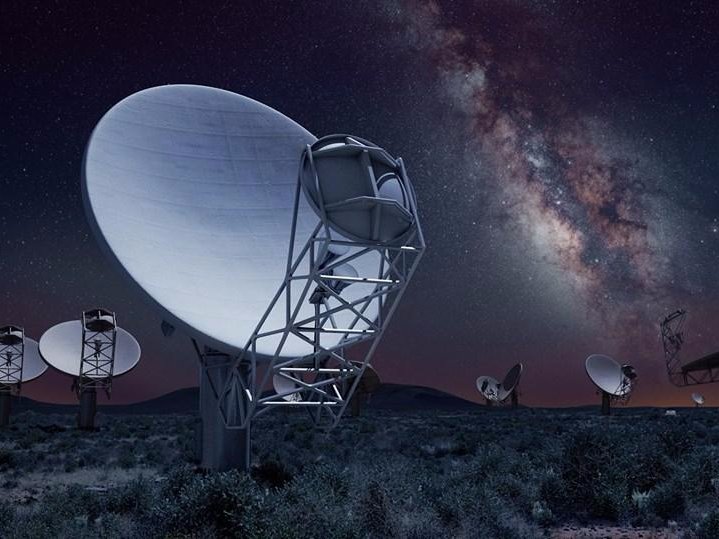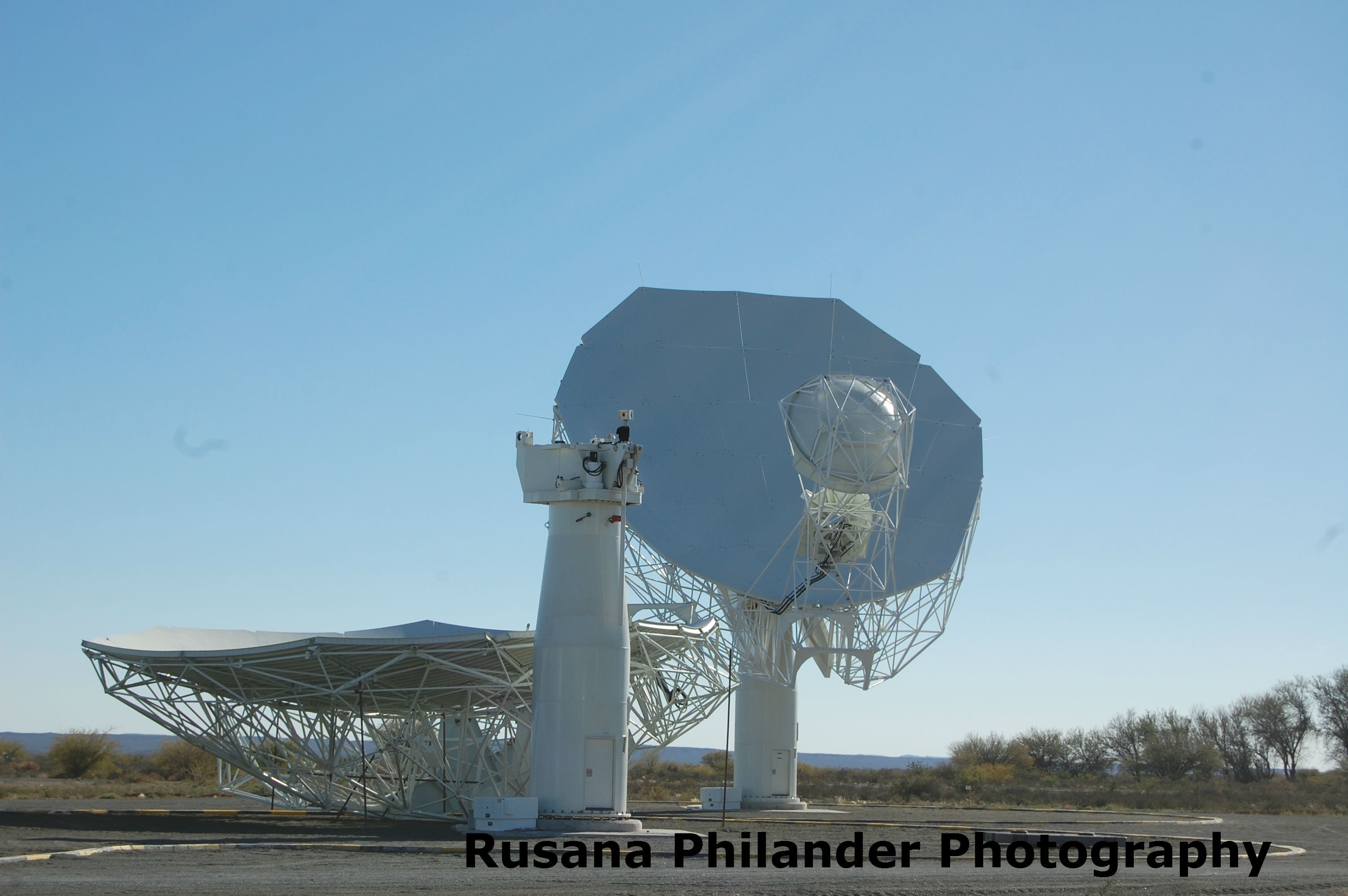In the year 1723, the Dutch and English settlers battled for control of this piece of African land to graze goats and sheep. Today, the stakes have changed. Africa has entered the space race from here….
From Rusana Philander in Cape Town, TZ Business News.
Africa has entered the space race through South Africa. In this race to unravel mysteries hidden in the universe, South Africa has built what is set to become the most powerful radio telescope on earth. The nation has transformed into a space science battle ground the corridor stretching from Sutherland to Carnavon in the Northern Cape.
In the year 1723, the Dutch and English settlers battled for control of this piece of African land to graze goats and sheep. Today, the stakes have changed. Africa has entered the space race from here, and there will be economic gains according to both the South African Minister for Science and Technology, Naledi Pandor, and the Minister for Economic Development, Mr. Ebrahim Patel.
A giant telescope, SALT (SOUTHERN AFRICAN LARGE TELESCOPE) has been built at Sutherland while a network of dishes, the MeerKAT– the African core site of the Square Kilometer Array (SKA) for listening and peering into deep space have been built at Carnavon.
MeerKAT which has 64 dishes now, will become the most sensitive radio telescope in the world. It is a precursor to the Square Kilometre Array (SKA) and follows the KAT-7 telescope which was an engineering test for MeerKAT.
Officials say SKA will be built in two phases – SKA1 and SKA2 – starting in 2018. SKA1 will include two components – SKA1 MID (to be built in South Africa) and SKA1 LOW (to be built in Australia). These will observe the universe at different radio frequencies. The SKA will detect radio waves from objects millions, and even billions, of light years away.
“MeerKAT was designed to contribute significantly to our understanding of cosmology, the study of the structure and evolution of the entire universe in its larger scale as well as increasing our understanding of the formation and evolution of individual galaxies,” the Minister of Science and Technology said.
SKA will be made up of thousands of dishes that will enable astronomers to survey the universe in detail and survey the entire sky much faster, and in more detail, than any system currently in existence.
In May, 2016, with only four dishes, the MeerKAT produced a remarkable view of the sky, revealing never seen before radio galaxies in the distant universe.
One month after the May observation, and this time using the16-dish MeerKAT, a new image of the radio sky showed more than 1 300 radio galaxies in the distant universe compared to 70 in the previous best image.
While this endeavor may play out as a catch-up race in an industry already dominated by the United States, the EU, China and Russia, the South African Minister for Science and Technology, says this big scientific feat on the African continent carries with it economic value.
Pandor said the SKA project will have an immense impact: “R300 billion ($22.2 billion) was invested as part of the infrastructure programme. Infrastructure is critical to stimulate economic growth.
“The MeerKAT telescope, which is predominantly a locally designed and built instrument, shows the world that South Africa can compete in international research, engineering, technology and science.
“We are proud of our scientists and engineers for pioneering a radio telescope that will lead to groundbreaking research,” she said.
Dr Rob Adam, the project director of SKA South Africa, said MeerKAT AR1 and its first results was a significant milestone for South Africa.
“Through MeerKAT, South Africa is playing a key role in the design and development of technology for the SKA. The South African team of more than 200 young scientists, engineers and technicians, in collaboration with industry, local and foreign universities and institutions, has developed the technologies and systems for MeerKAT,” he said
The Minister of Economic Development, Mr. Ebrahim Patel, said the corridor from Sutherland where the SALT (SOUTHERN AFRICAN LARGE TELESCOPE) is located, all the way to where MeerKAT is in Carnavon promises economic value.
“We thus see the SKA project as a catalyst for a new economy here. We see this becoming as big as the space programmes became for the US; Mega science will be the 21st century economic driver in South Africa,” he said. “The MeerKAT project based here in Carnavon has already created 422 jobs.”






